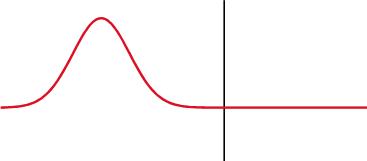I want to use ultrasonic module JSN-SR04 for detection of water level inside tank. The US module has single sensor for Transmission and Reception of US signals as shown below.
I wonder if US sensor will work reliably for water level detection or if there will be absorption or refraction of US waves inside the water body and little or no reflection of the US waves? How can I check this analytically? I don't have the modules at hand at the moment but I don't know how can I find out about any possible problem in level detection.
The size of water tank is 4 x 5 x 6 (L, W, H) and it is made of concrete. Is it possible that the concrete walls will also reflect the US waves and disturb the sensor readings?


 (
(
Best Answer
You can neglect the part of sound intensity entering the water.
What happens at the surface is illustrated here:

(Source: https://de.wikipedia.org/wiki/Datei:Partial_transmittance.gif)
The more different, however, wave impedances of both media (air and water) are the more energy is reflected and fewer energy enters the second medium.
At a perpendicular angle of incidence the ratio of reflected and incident sound intensity is
\$\frac{I_r}{I_i} = (\frac{Z_{air} - Z_{water}}{ Z_{air} + Z_{water}})^2\$
where
\$Z_{air} \approx 410 kg/m^2s\$ and
\$Z_{water}\approx 1480000 kg/m^2s\$
(waveimpedance values are taken from German Wikipedia article about waveimpedance)
As you can see, the values for air and water are very different and therefore the ratio is very very close to 1 (ca. 0.999), i.e. almost all sound intensity is refelected and almost none is entering the water.
BTW: this is why a gel is applied between source/sensor and skin when doing ultrasound scans. Otherwise, if there was even a thin layer of air between sound source/sensor and body most of the ultrasound energy couldnd't enter and leave the body (\$\approx\$ water).